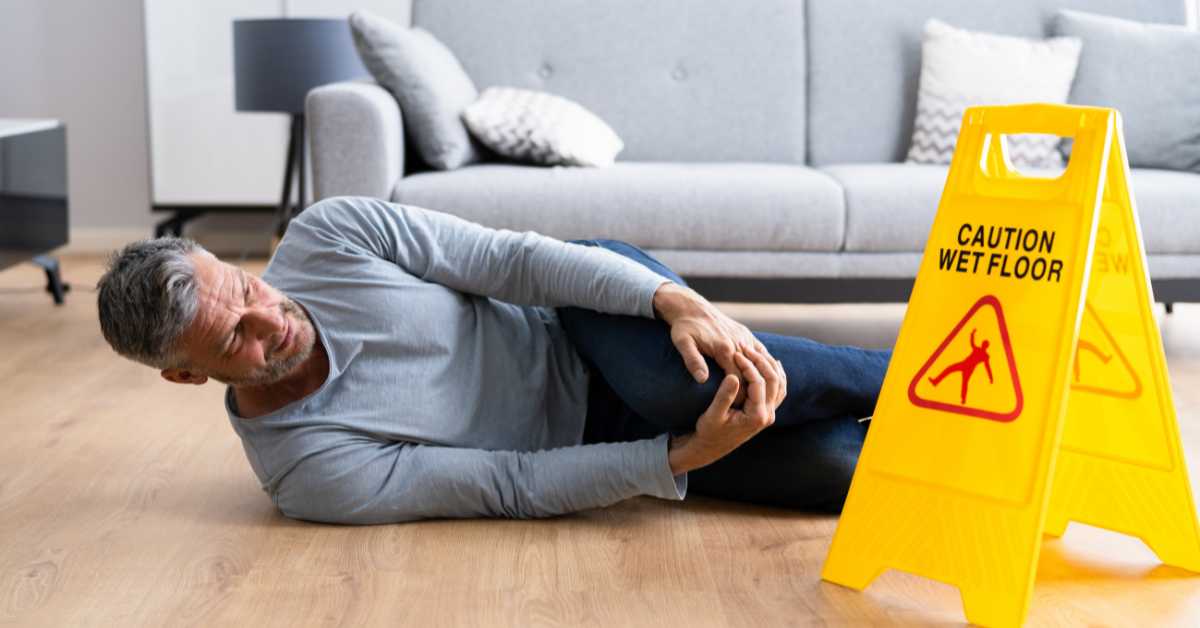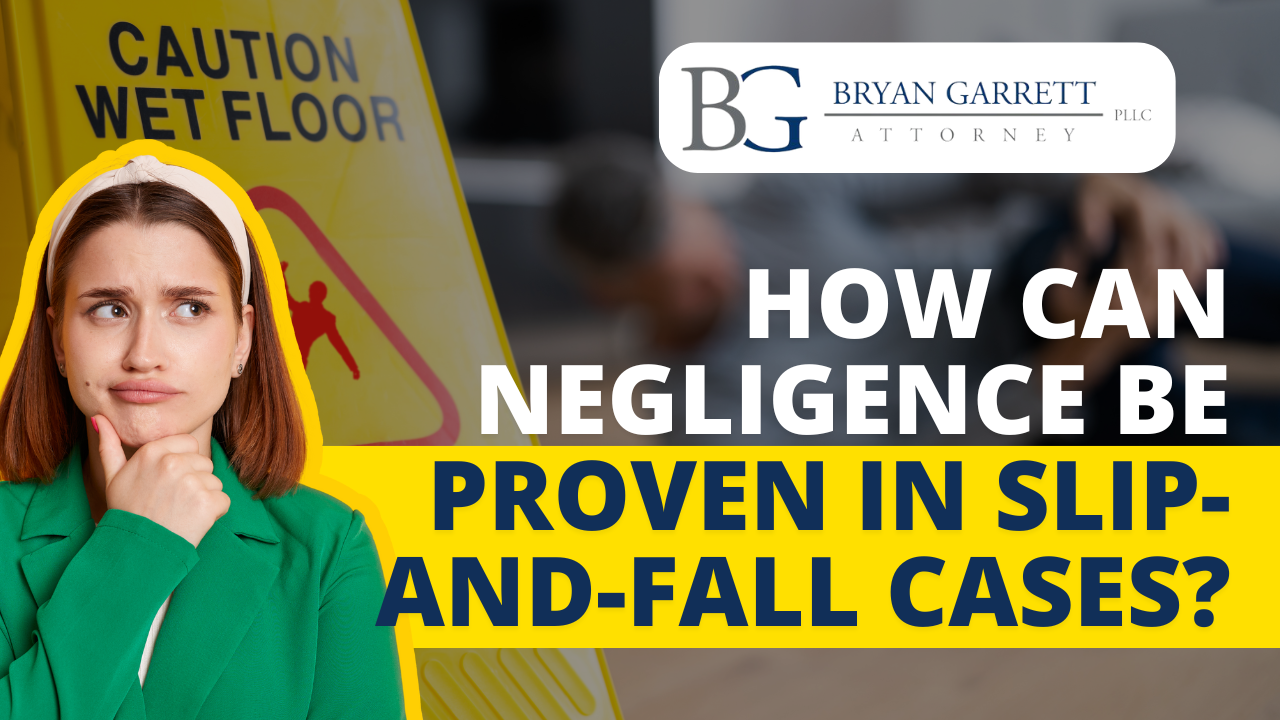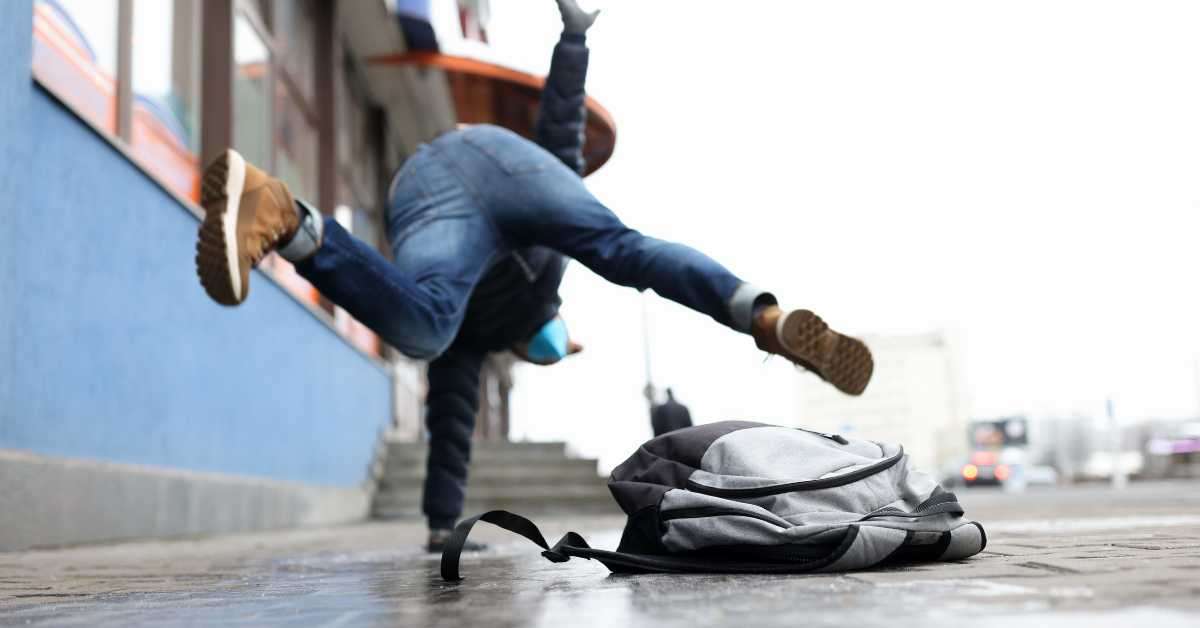Imagine this scenario: you’re walking around a restaurant, hotel, store, or property and slip and fall accident.
Your injuries are serious, and while you would normally hope that no one witnessed a potentially embarrassing incident, you know that your chances of collecting money to pay for your medical bills and other expenses are higher if you have witness testimony to corroborate your version of events.
If you sustain an injury and no one sees it, not all hope is lost. You still have several options to prove what happened and establish the liability of the business or property owner.
About Premises Liability
Property owners generally have a duty to keep their premises safe from defective conditions. There are varying degrees of responsibility depending on the type of visitor, the condition itself, and the circumstances of the injury. For someone to recover from an injury, it must be shown that the property owner was negligent, and that the negligence was the cause of your injury.
For example, tripping over your shoelaces is not likely to result in receiving compensation from a property owner; nor is colliding with a display while looking at a mobile phone screen. Still, property owners owe a duty of care to all visitors, including trespassers.
In Oklahoma, businesses tend to carry insurance policies for general liability, premises liability, or both. As a result, if you are injured, the business’s insurance policy will generally cover the costs of your injuries. That can be good news because it generally means there will be funds to pay your medical bills, lost wages, and other expenses.
However, insurance companies are notorious for trying to underpay or deny claims, so a personal injury attorney may be necessary to negotiate on your behalf. This is especially true if the evidence is limited due to a lack of eyewitnesses.
1. Gather Evidence at the Scene
Just because no one witnessed your fall doesn’t mean there’s a lack of evidence. If you tripped or fell because of a dangerous condition (like a puddle or hole) or obstacle, you could potentially prove that this condition caused your injuries by taking photographs of the area.
Try to take photos from as many angles as possible to allow someone who has never been at the scene (the insurance company or a jury, for example) to be able to picture what could have happened and why.
2. Talk to Others at the Location
If your injury occurred at a business, speak to employees or other customers who work at or frequent that location to see if they have insights that strengthen your case.
For example, let’s say you slipped on a wet floor. An employee might divulge that they use extra slippery washing liquid to create extra shine. Or he might tell you that they rarely put out caution signs.
If you tripped due to an obstacle, hole, or another defect on the ground or floor surface, an employee could inform you that the issue had existed for a long period, the property owner knew about it, and no one took steps to make any repairs.
3. Contact a Personal Injury Attorney
It can be difficult to make an objective determination about whether you have a case. Make sure you contact a personal injury attorney as soon as possible to share details about what happened and get their perspective.
Most personal injury attorneys, including Bryan Garrett PLLC, work on a contingency fee basis. This arrangement allows you to have qualified legal representation at no upfront cost. Instead, your attorney receives payment after your case is settled.
To discuss the circumstances of your slip and fall accident, contact our law office at (405) 358-2342 or text us at 405-388-1400.


